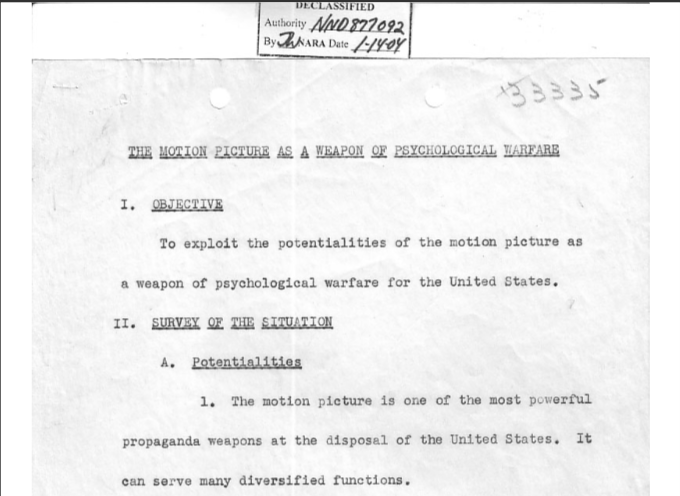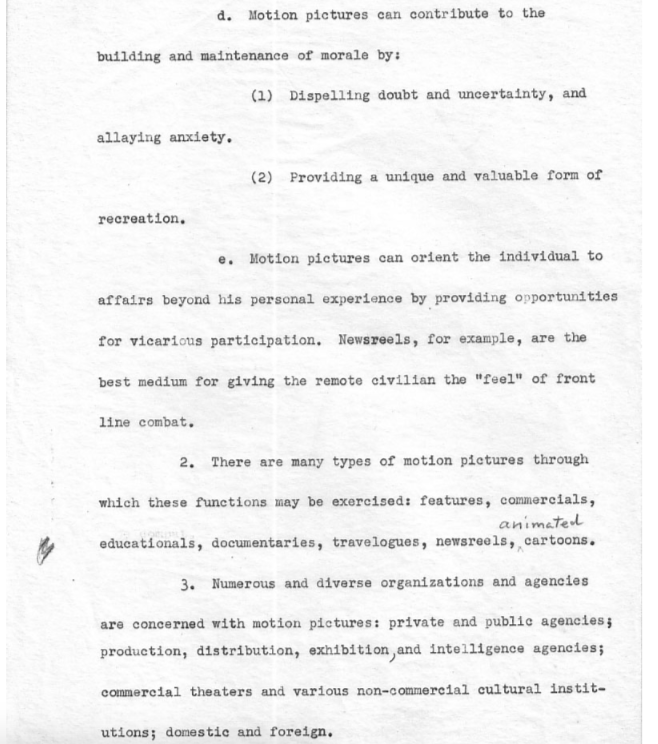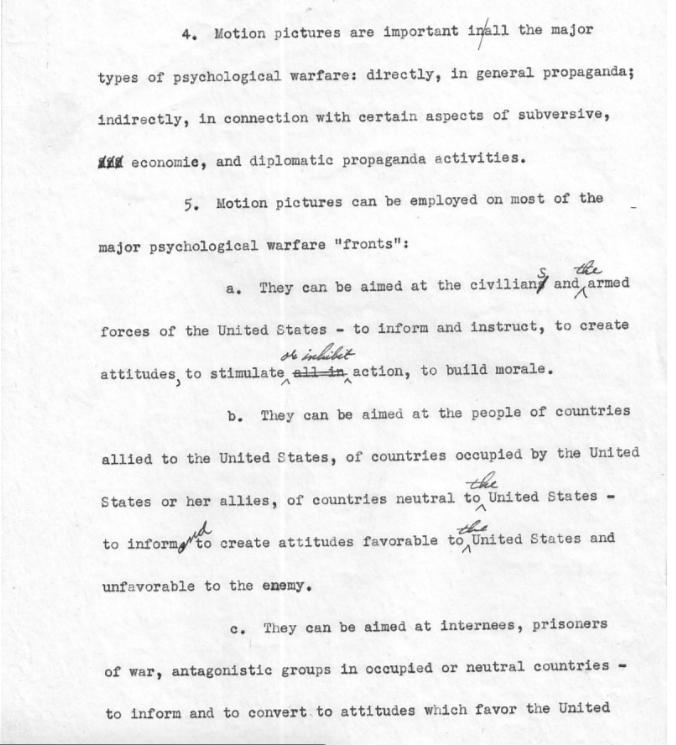Let’s do a little thought exercise, imagine you did something, or read something (specifically a category), experienced something daily for two hours, trust me, this going to be far more interesting than it sounds. We are what we do day in day out, over and over again, doesn’t matter if you align with it or not, but claiming that it won’t affect you is bare bone stupid. No, I’m not here trying to give you a rhetoric of why you should do something better with your time, just stick with me here; honestly, isn’t what you do daily affecting your life, it is. Now what do I mean by “life”? No, I don’t mean career, I mean thoughts, affluences, alliances, behaviours, anyway, so it does, allow me to repeat, and let’s be clear about us being on the same page; anything we do daily or experience daily influences us. Good, now let’s get to the topic. And no, it’s still not about your career.
Why is the title “the favourite character dilemma”, I’ll tell you why. But, first, you need to think about your favourite character. I think it’s fair to assume that it’s probably from a movie, or novel, or anime if you will. What does a character embody? Look at the term; it embodies behaviour, lifestyle, choices, alliances, actions and the list goes on, essentially a human being. It’s fascinating to me why most of our “favourite characters” are from movies/novels and we try to become them, which can be a good or bad thing, depending on the character of course. If something has such influence on our minds that we want to be them, at least we try to embody the genre (i.e. the genre’s culture, depending on what genre you like), it just makes sense to me that we be more critical about it. If something so fake that we know that the actor who just died will get up after “cut!” and drive home but it still makes us cry; the level of emotional stimulation is honestly freaky to me. Well, I’m not the only one who realizes the power of emotional influence in cinema, no matter the logic, if you can make them cry or feel awe, or feel anguished, angry, pretty much any emotion that will overpower critical thinking it works, and the earliest example I can think of are none other than the Nazis. And now we get to the good stuff.
Metropolis (Fritz Lang, 1927) and Triumph des Willens (Leni Riefenstahl, 1934), two important German films separated by almost a decade, reflect very different feelings of nationalism and revolution as a result of different historical and cultural pressures. One is reflection of society’s desire to break class ranks and seek equality within a fascist state. Seven years later, the other is a representation of the same society in the previous film, bound by the same constraints and attempting to hide this fact behind a false propaganda front of volatile nationalism. Lang’s film focuses on an oppressed lower class that rises to rebellion through the inspiration of one individual. Riefenstahl’s Triumph des Willens, however, is a propaganda piece about German society fighting outside international oppression and rebuilding itself to a world power under the guidance of “their hero,” Adolph Hitler. First of all, the two films have a major connection: Hitler. “Hitler was a movie fan; he cultivated friendships with actors and filmmakers and often screened films as after-dinner entertainment. Even more fascinated with the cinema was his powerful Minister of Propaganda, Dr. Josef Goebbels, who controlled the arts during the Nazi Era. Goebbels watched films every day and socialised with filmmakers”
Here’s something to remember: The parallels between the films stretch from plot to message though the latter film is a façade, an allusion of reality carefully crafted and manipulated to allure its viewers and coax them with false ideals and promises. One of the major similarities of the two films is the idea of the hero, the sole individual that stands apart from the masses, offering hope and preaching equality. In Metropolis, this is Maria, the animated blonde played by Brigitte Helm, who unlike the bald, drone workers, stands out. Where the viewer is unable to separate the workers and registers them more as one mass than as actual individuals, Maria jumps to the forefront, captivating the viewer in every scene.
Lang films her scenes in such a manner that she comes across as this larger than life figure as opposed to the indistinguishable masses that surround her. In this manner, she becomes the heroine, leading the oppressed and mistreated in a revolution of hope. In Triumph des Willens, Riefenstahl’s crafts the film in such a manner to bring Hitler to the forefront in a similar manner. Using low camera angles and extenuated lighting, Riefenstahl ensures that the audience is drawn to Hitler, attempting to manipulate them into believing he is a hero of a similar caliber. The reason you should remember this parallel is that we although we don’t know much about the idea behind Metropolis, we for sure know (at least I hope so) that promoting the ideals of Hitler is ridiculous. This distinction of using cinematography, the music, the “art”, the camera angels that hide every normal human twitch and make them holier than thou can be used both ways i.e. for what’s right and what’s wrong. Seems obvious yes, but we don’t realize it while watching because it’s “captivating.” I wonder how many of us think that the era we’re in is filled with propagandist material (i.e. cinema, Netflix, novels) or not. Here’s something we all love; Netflix. Now here’s were it comes from; US, and now let’s talk about good old US operations, hence the topic is titled “Declassified.”


“The motion picture as a weapon of psychological warfare” is a document containing the explanations of the influence of “motion picture” (i.e. movies, documentaries, cartoons, etc.) and it’s potential use (which they did harness) in the manipulation of the people. This avenue is used to program, manipulate, and control the masses via commercials, movies, TV shows, documentaries, newsreels, animated cartoons, just to name a few. As stated in the document, “motion pictures are one of the most powerful propaganda weapons at the disposal of the United States.” This weapon is used every day on people all over the world. Below are few other pictures of the the document.


What’s fascinating is “dispelling doubt and uncertainty, and allaying anxiety.” We fear and disgust things that we don’t want to happen, the authoritarianism behind that statement is uncanny, it’s coddling the minds into aligning with the beliefs of anything through removal of fair fear and disgust a good example is war, and we all know about the American war movies, amazing “storytelling” it makes “us cry.” Through the US Freedom of Information Act, show that between 1911 and 2017, more than 800 feature films received support from the US Government’s Department of Defence (DoD), a significantly higher figure than previous estimates indicated. These included blockbuster franchises such as Transformers, Iron Man, and The Terminator. On television, there are over 1,100 titles received Pentagon backing – 900 of them since 2005. Now what does DoD and Pentagon have to do with “entertainment” well because it’s not just entertainment, if you already knew that movies and TV shows are not just entertainment, I want you to think that which side of the propaganda are you accepting, is the right, left or centre? (I align with none). How is your “favourite character” “acting”, the behaviours, those are being emotionally induced into you, if those ideals have to repeatedly induce to normalise it’s better to call bulls**t on them. What does it tell us about society that we find old movies racist, sexist and the list goes on; that society was those things, because that’s what was their “entertainment.” Now if that’s the society of that time, we have a society right now, which has movies that who knows will be what to the coming times, for the best possible society it’s common sense to discuss throughly before having the popcorn in bed routine; those discussions will be philosophical, and so be it, for reaching the truth, but what movies do and will keep on doing is bypass that essential step. To me, if something has to be “normalised”, has to “captivate”, have “brilliant acting”, is “emotional” then I want no piece of it. I want the “message” dry and unfiltered and lets sit down, discuss and scrutinise, it’s wrong we accept and stop the notion, it’s right we accept and spread. If something has to be induced through emotions, there’s something fishy. Your favourite character and all the thousands of main characters embody an ideologue, a notion, all of them are trying hard (for which they get Golden Globes) to be the accepted ideal by the masses. So watch out and you better think long and hard about your favourite one. I wonder how many ideals have just been incorporated in our lives without a single thought.
Bibliography
- https://projectspeak.net/the-motion-picture-as-a-weapon-of-psychological-warfare
- https://www.independent.co.uk/voices/hollywood-cia-washington-dc-films-fbi-24-intervening-close-relationship-a7918191.html
- https://www.theguardian.com/film/2008/nov/14/thriller-ridley-scott
- http://www.inquiriesjournal.com/articles/206/hitlers-use-of-film-in-germany-leading-up-to-and-during-world-war-ii

4 thoughts on “The favourite character dilemma | Declassified #5”